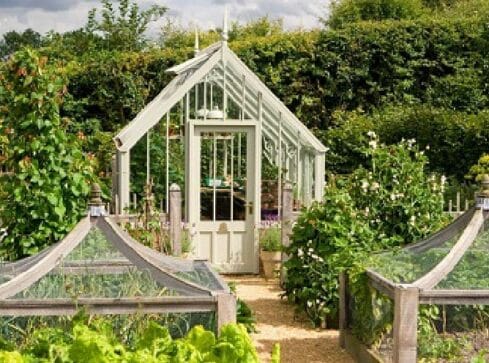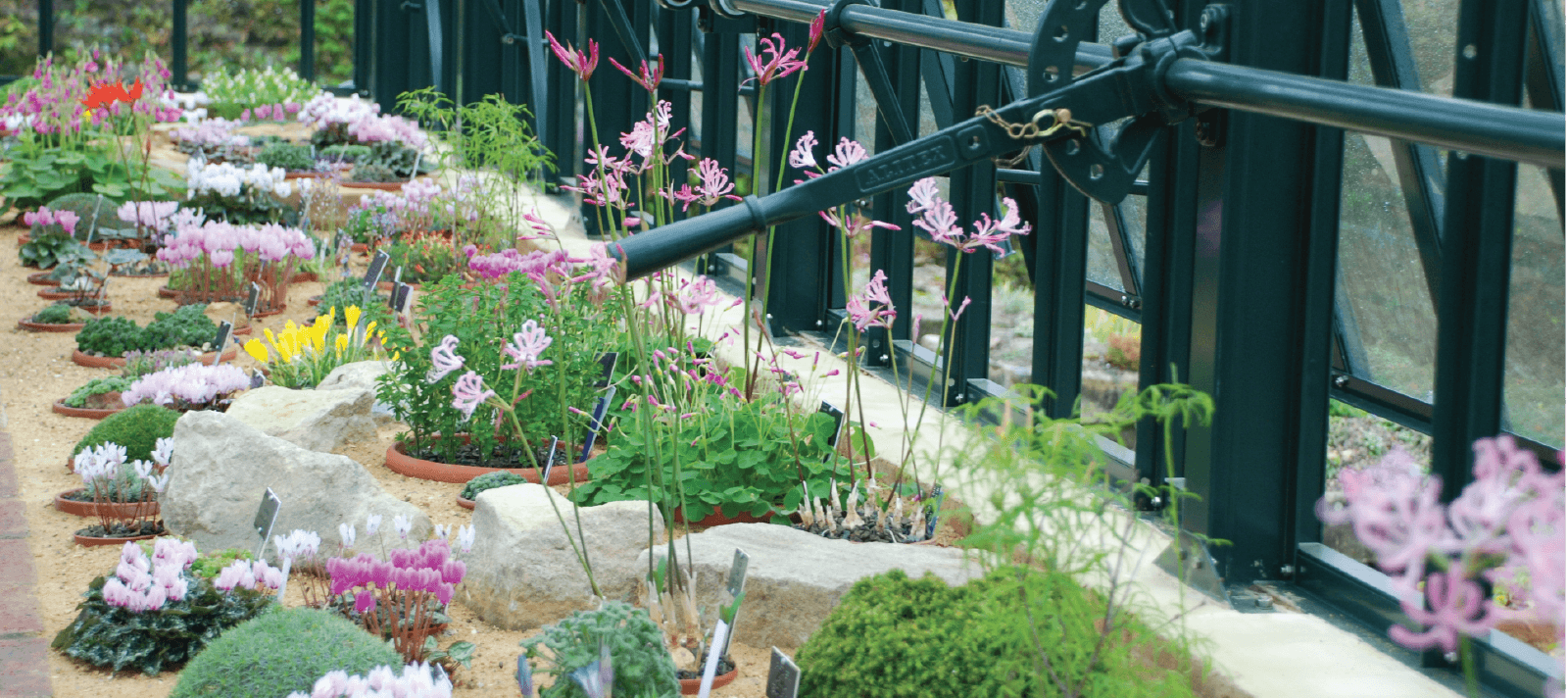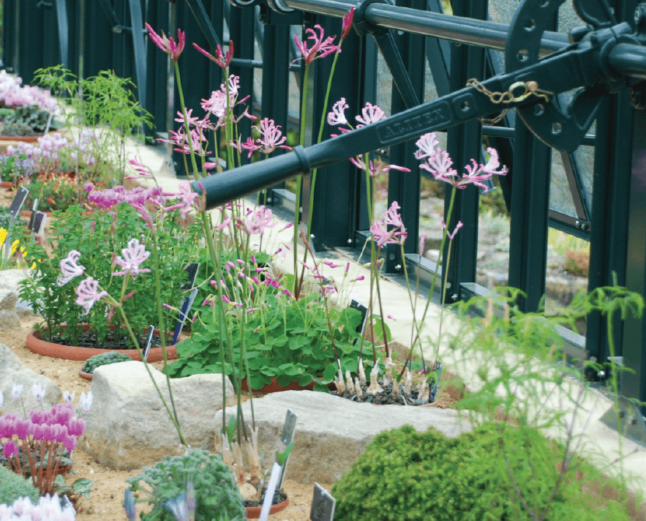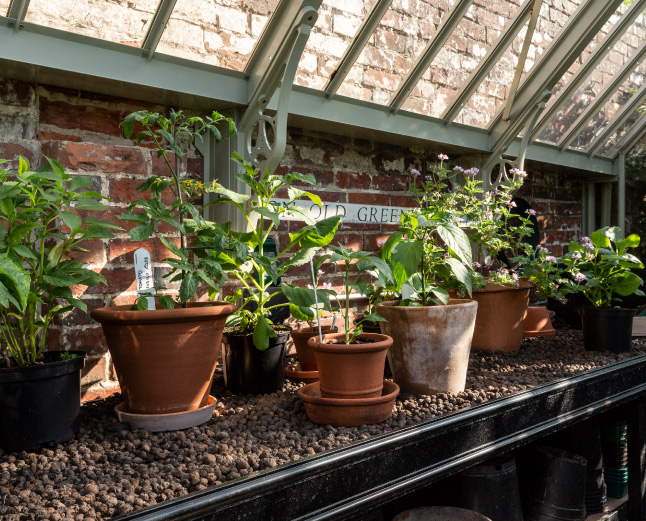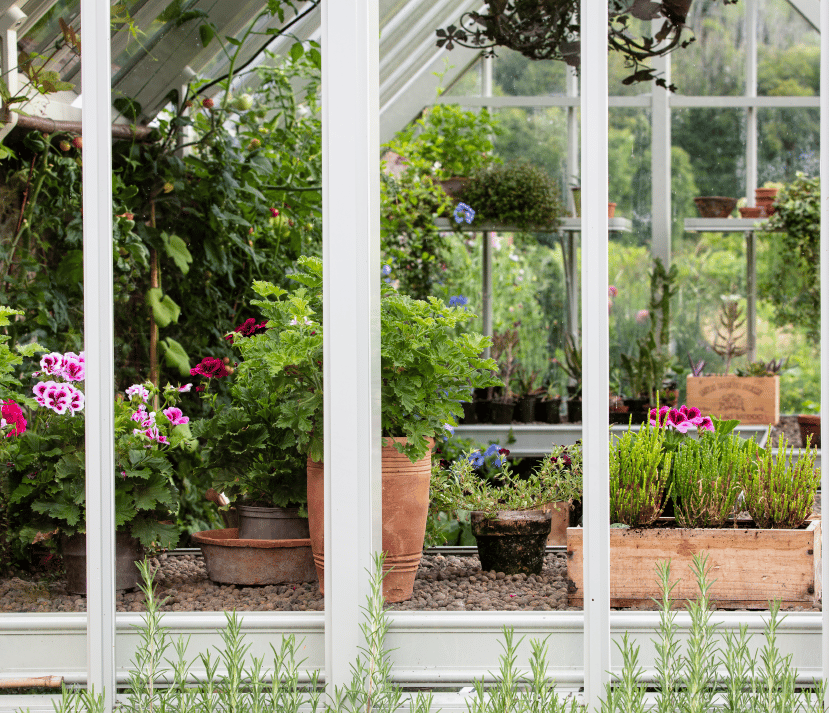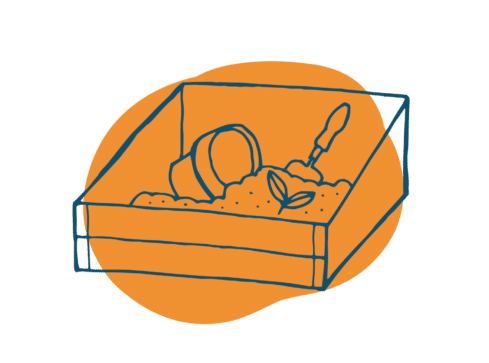March
Jobs To Be Getting On With
This is traditionally the month that comes “In like a lion and out like a lamb” and greenhouse gardeners know this better than anyone! Although this is a great month for the greenhouse when things really get going with plenty to do, early spring can bring wide temperature fluctuations which can be a problem – a bright sunny day at the end of the month can result in the greenhouse overheating. Aim to keep the air temperature at around 7 – 18°C(45 – 65°F); this will involve heating the greenhouse at night and also ventilating and damping down the structure on cloudless days if required. Keeping the door and vents open more frequently as the month progresses helps to keep humidity levels down and prevent disease.
If your greenhouse is fitted with Bayliss roof vent openers, they may seem erratic as they do take time to adjust to the temperature fluctuations at this time of year. If you are concerned, please give us a call on 01730 826900.
You can also find plenty of useful advice from John Wood, Head Gardener at National Trust Hinton Ampner in Hampshire, about sowing seeds, as no doubt this will be your main focus in the greenhouse this month. Large-seeded, large-leaved vegetables such as cucumbers and courgettes can be planted into their own individual pots and placed in a propagator. In almost a month from now, the pots can be moved into the main body of the greenhouse for an early July harvest.
Seedlings need good light but young ones will still need protecting from the midday sun. If you do not have shades fitted to your greenhouse and find you need some – or additional ones – please contact us and we will be happy to advise you further.
Growing plants should be fed with a liquid fertiliser but take care not to overfeed your plants. A balanced formula should be used for leaf growth whilst a high potash feed should be used for flowering plants. Remember to keep actively growing plants damp but not soaking wet. The Hydroleca on your bench top helps to retain moisture.
Insects can start to be a problem this month – keep watch for greenfly, whitefly and red spider mite in particular. If evidence of bugs is found, spray with a greenhouse insecticide or investigate organic alternatives before the problem gets out of hand, as organic predators need to be ordered during early spring.
Pollinating insects are not yet present, so nectarine, peach and strawberry flowers must be pollinated by hand. Try to do this in the middle of the day and repeat for a few days to ensure success.
March is a good time to prepare hanging baskets for setting out in late May or June for a vibrant splash of colour. Fuchsias and pelargoniums can have their growing tips pinched out this month to encourage strong bushy plants.


